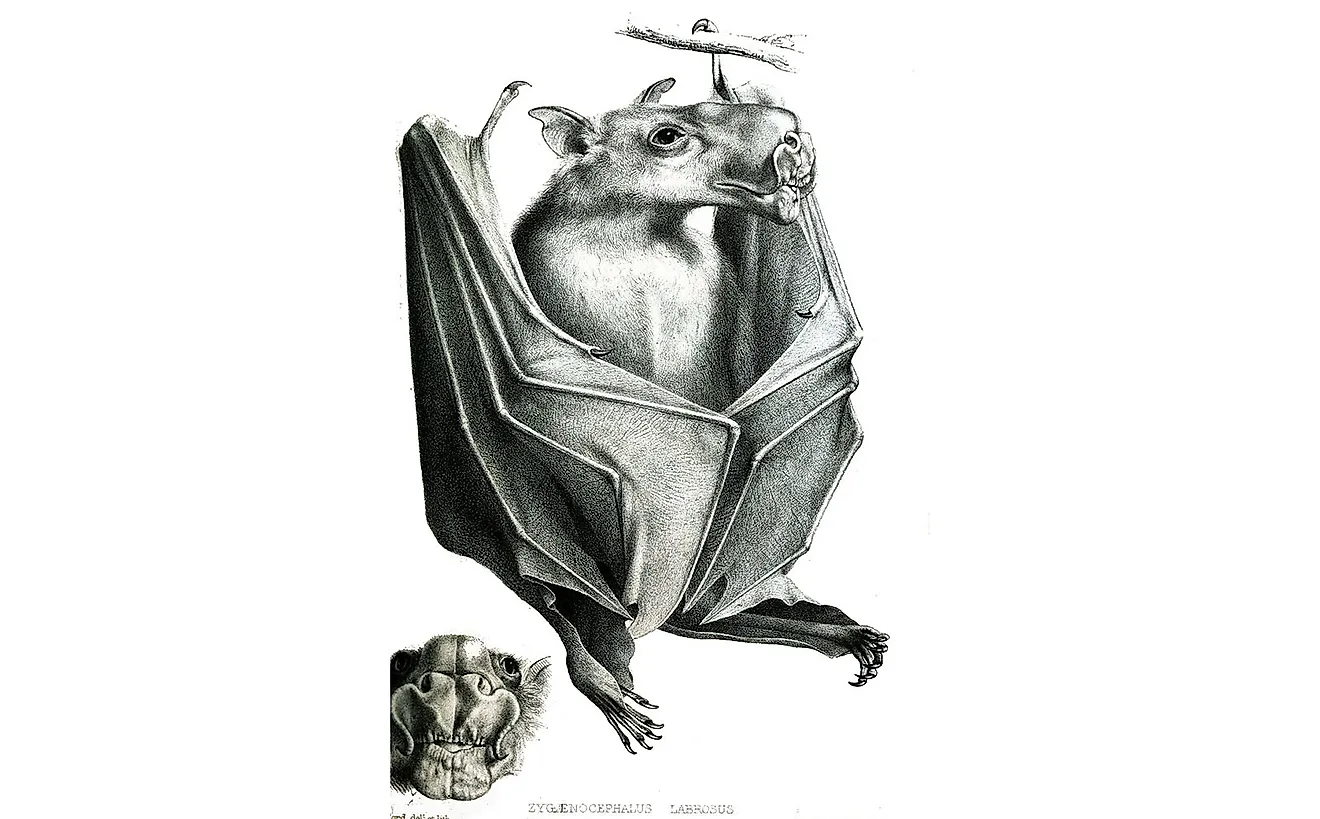Is the Hammerhead Bat a Real Animal?

There have been some scary-looking photos in the past couple of years circling the internet of this unusual animal called "the Hammerhead Bat". So much so that there have been doubts as to whether or not the giant hammerhead bat is an actual, real animal.
We are here to tell you – yes, it most certainly is.
The bat’s scientific label is Hypsignathus monstrosus, which implies its monster-like appearance. Even though most information found online about this animal’s outward form is described using words such as “the devil,” its behavior shows that there’s nothing aggressive or devilish about it as the bat appears to be very mild-mannered. Nonetheless, it is a carrier for the Ebola virus; therefore, it would be prudent not to approach it and especially not to engage in contact.
Hammerhead’s Habitat and Appearance
The hammerhead bat is a large bat typically residing in the central-African tropical forests. It is also known as an African fruit bat, along with two other varieties (Myonycteris torquata and Rousettus aegyptiacus). The bats usually gather in roosts with less than five individual animals, even though they have been observed to settle in colonies that had upwards of 25 fruit bats.
The wingspan of the hammer-headed bat was measured at an impressive average of 38 inches, making it the largest bat in Africa. Interestingly enough, its body length averages at only 10 inches. Males are notably larger than their female counterparts even though the viral photos seen online may have made it appear larger than it is in reality. The most striking part of the fruit bat’s may very well be its larynx and lips, which makes it possible for the bats to produce honking calls that can only be described as extremely loud. The appearance of the female bats is not as distinctive since they look like most other fruit bats.
Hammerhead’s Mating System and Diet
The mating system of the Hammerhead species is called “lek,” with a couple of hundred male bats gathered into distinct leks to catch the interest of the females.
Their diet is entirely made up of fruit, which classifies them as frugivores. Hammerheads have a strong preference for figs, but they have also been seen to eat mangoes, guavas, and bananas. Due to a longer intestine than that found in insect-eating bats, hammer-headed bats are able to absorb more substantial amounts of protein from the fruit.
The primary predators for these animals are humans and flesh-eating birds. They are also prone to extreme parasite infestations, namely mites and a the liver-affecting protozoan under the name Hepatocystis carpenteri.
It is still not clear to scientists if this fruit bat is a reservoir for the Ebola virus, or it was just infected asymptomatically. The last noted testing for the virus was conducted in 2017, with only the antibodies found in the tested animals. It is also not known if the virus itself can be transmitted to humans, according to scientists who are researching this strange animal.











